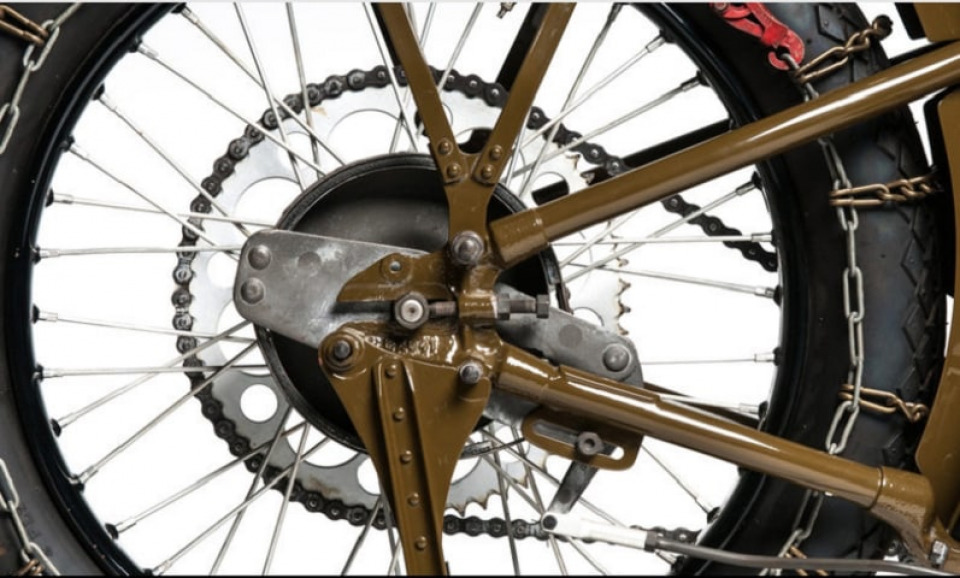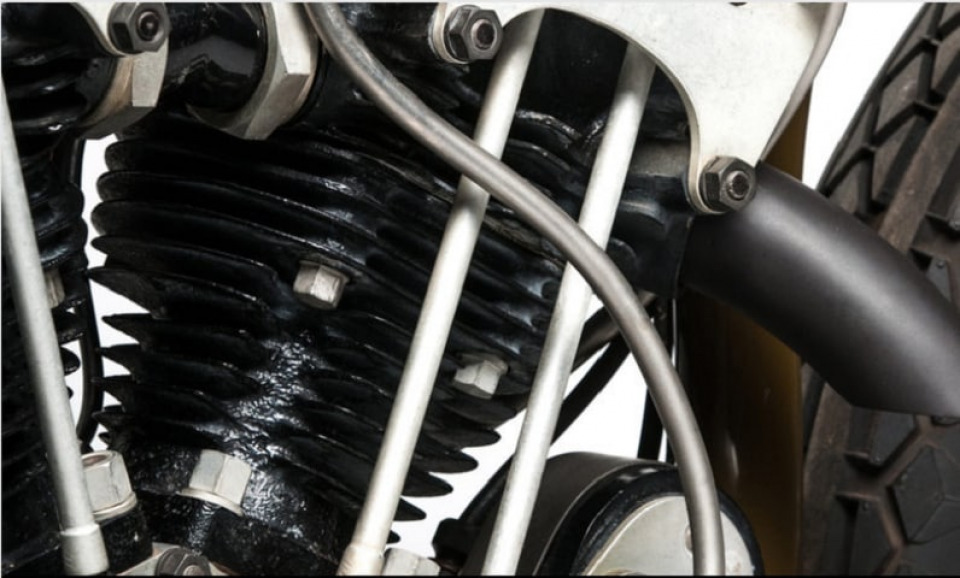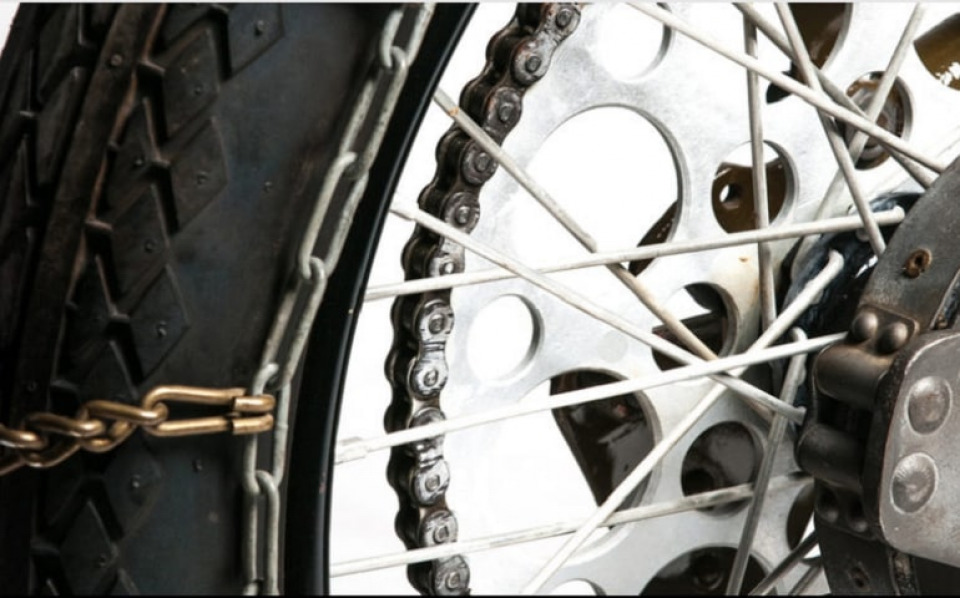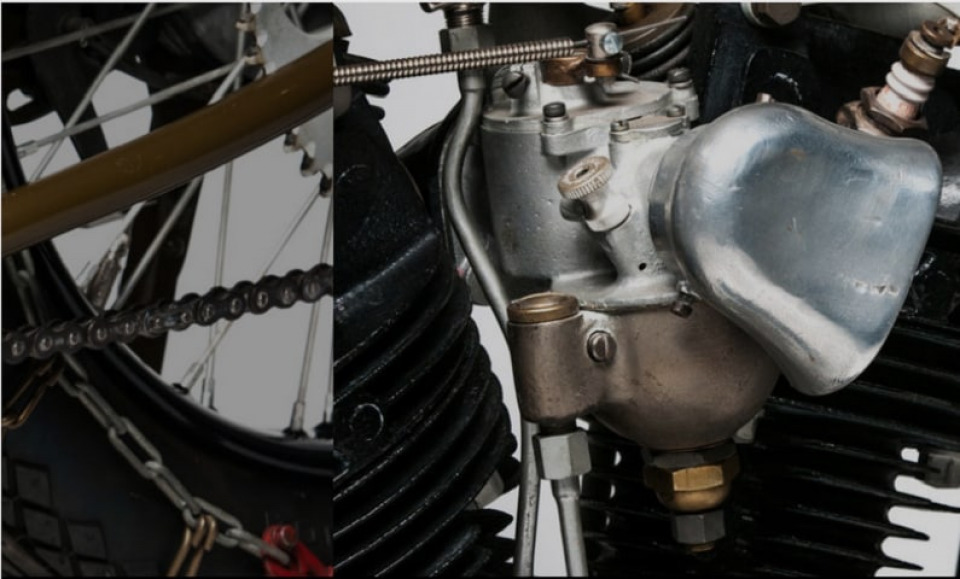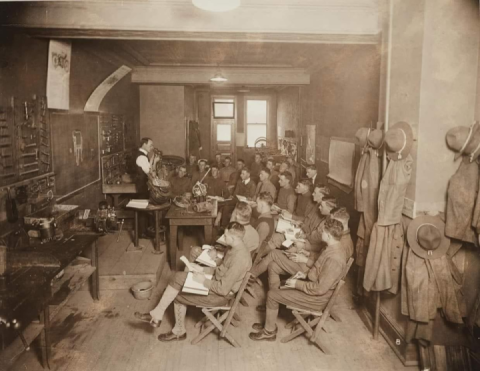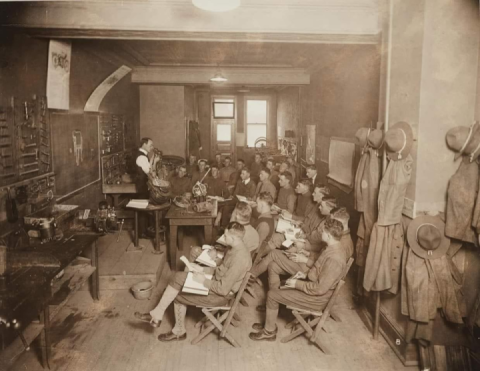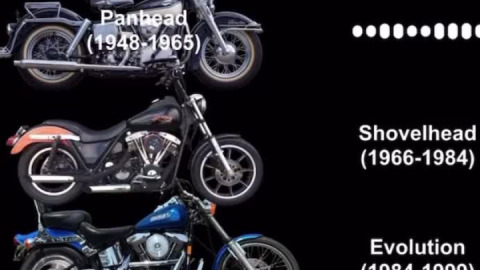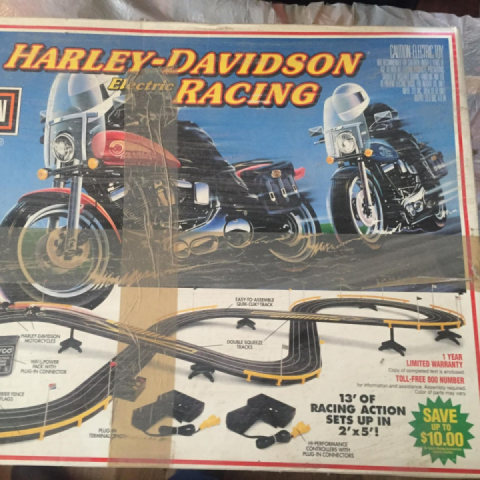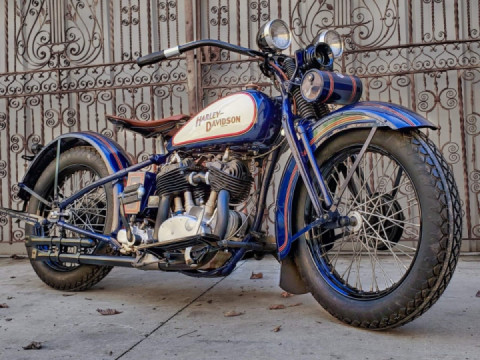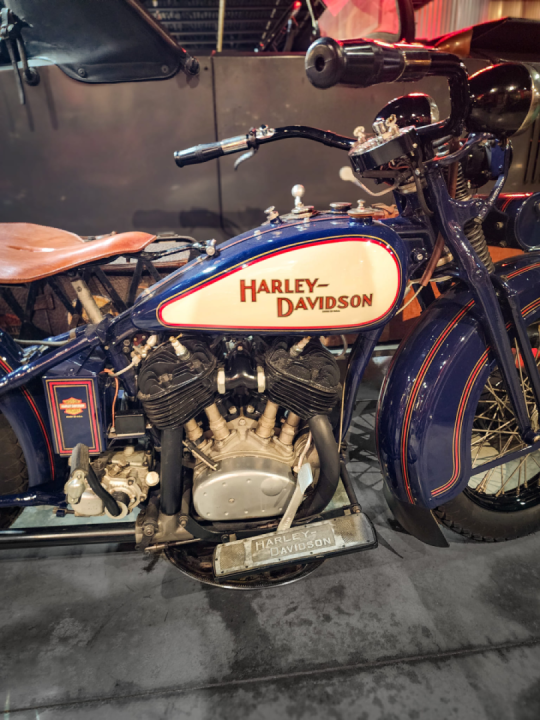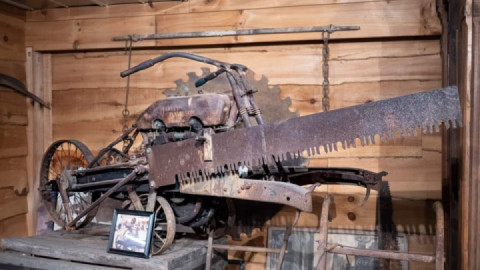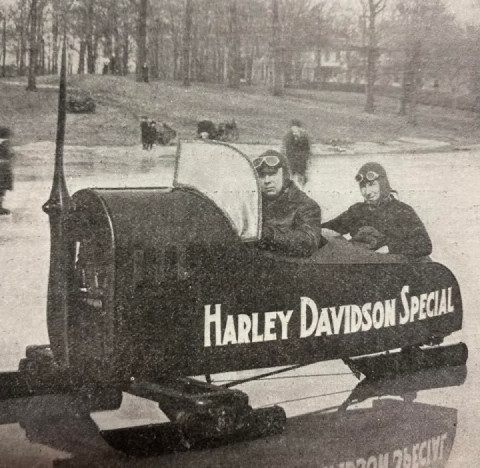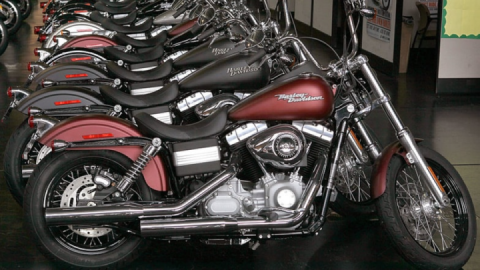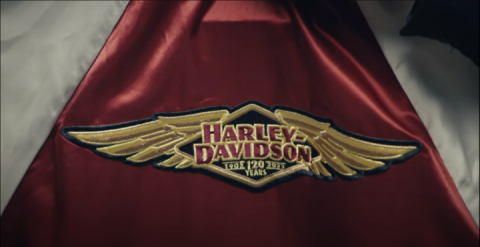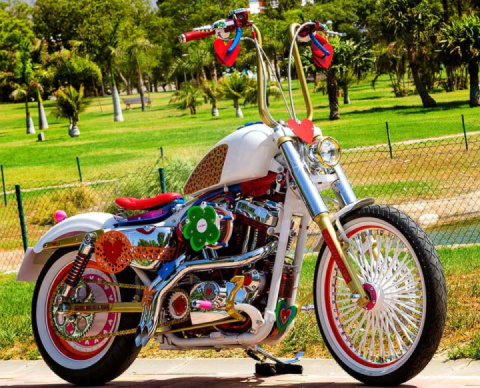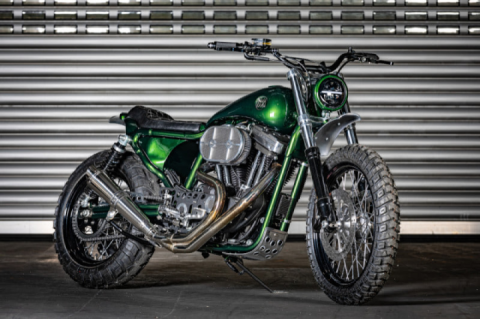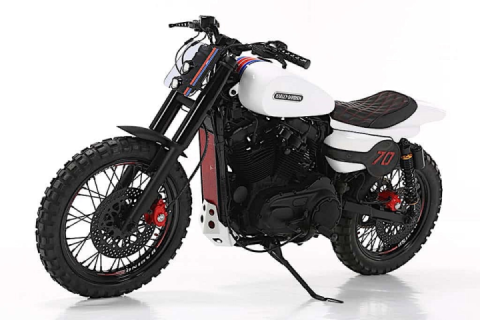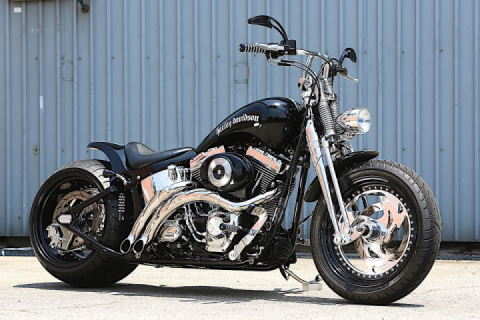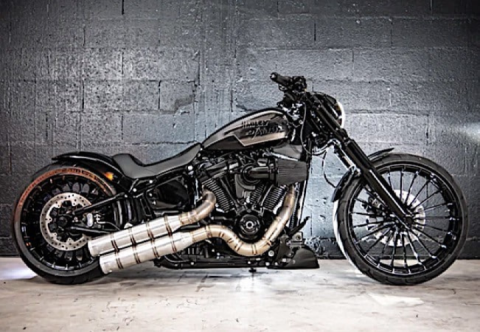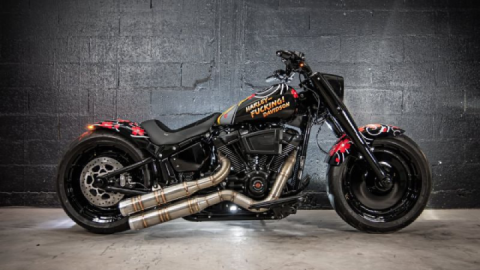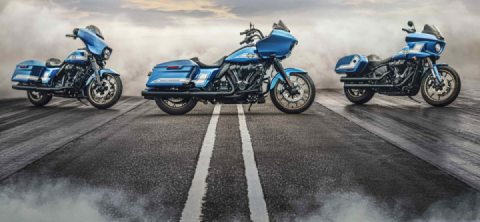1930 Harley-Davidson Factory Hillclimber
Harley-Davidson fell perilously behind the 8-ball in mid-1920s racing, regardless that it had eventually dominated the ‘Class A’ exotic big-twin racing earlier in the decade. Rival Excelsior had debuted its Super X in 1926, a middle-weight road bike of 45 cu-in. (750cc), which proved a lively machine with sparkling performance. Indian already had their Scout, designed by Charles B. Franklin for the 1920 season, which was 37 cu-in. originally, then 45 cu-in. in 1927 as a response to the popularity of the Super X. The AMA introduced a 45 cu-in. class for racing in 1927, and H-D could only compete with its 30.50 cu-in. singles initially, which was clearly unacceptable.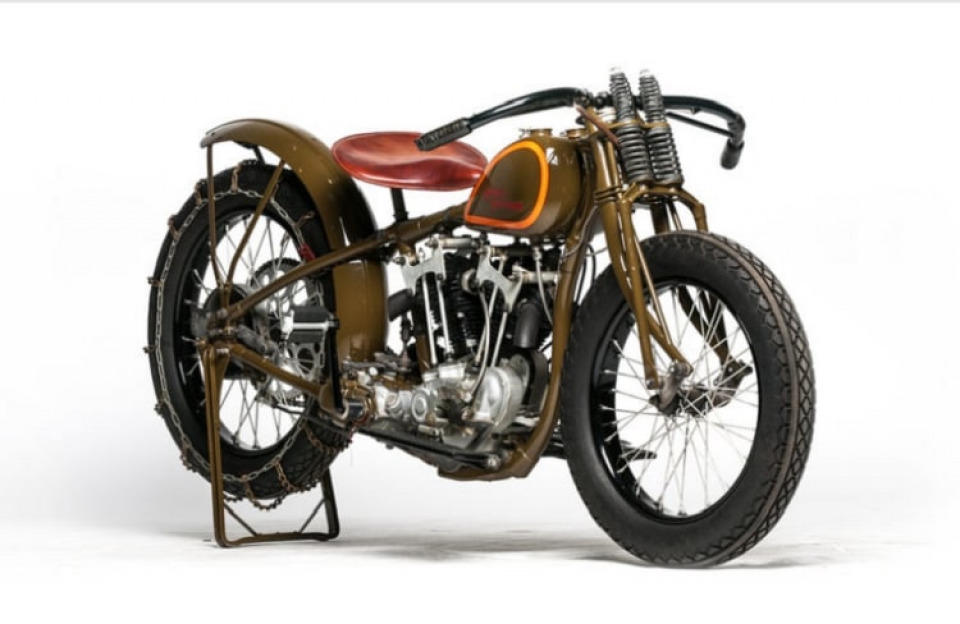
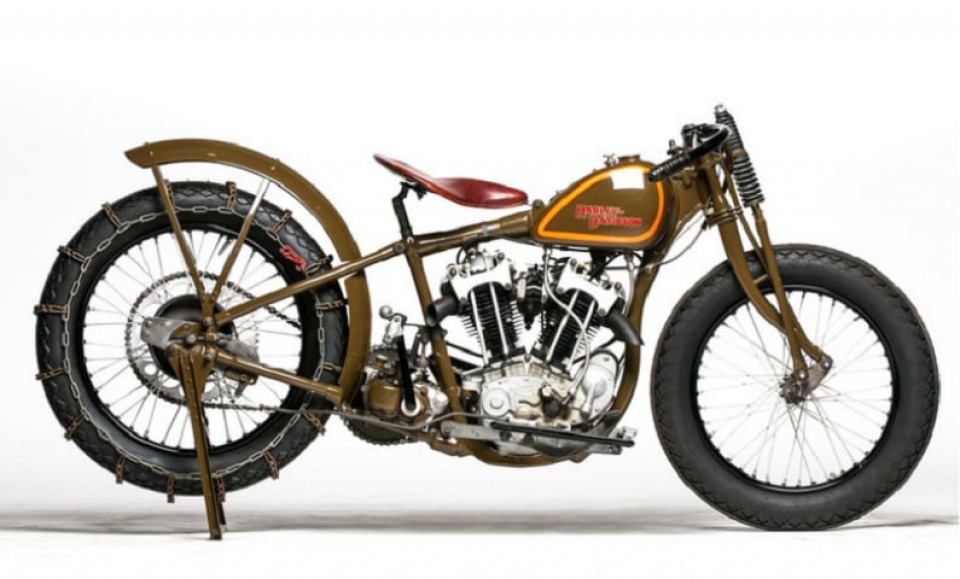
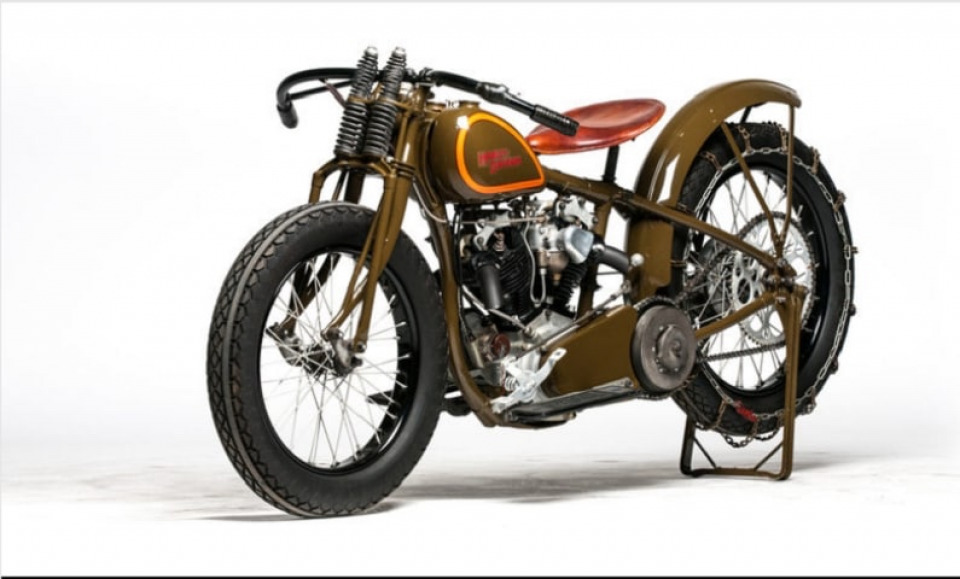
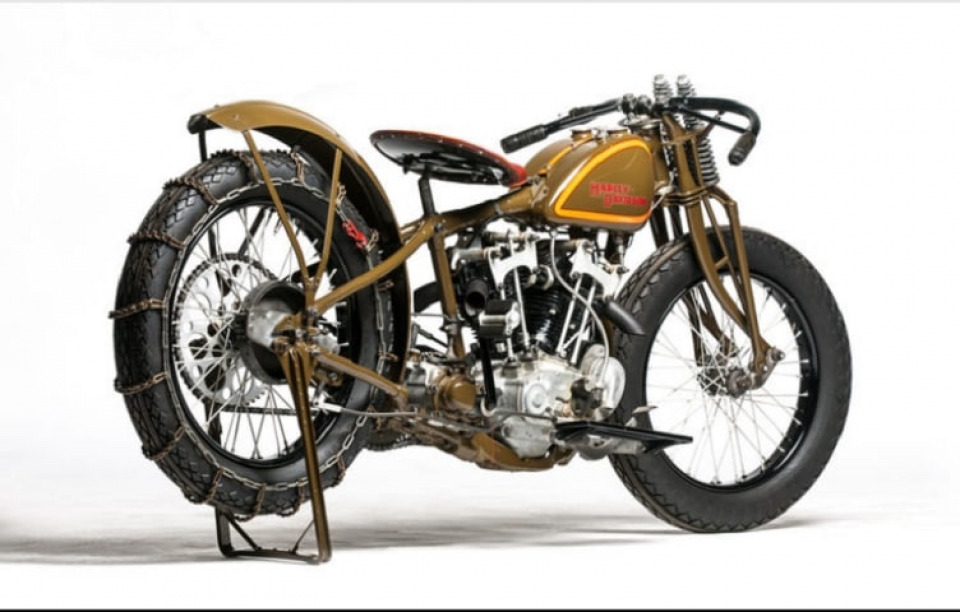
The American sport of hillclimbing grew hugely in popularity in the mid-‘20s as nearly every state had a steep hill to climb, and specialized mid-capacity racing twins from Excelsior and Indian dominated the 45 cu-in. class of the sport. H-D’s response to all this was the roadster Model D of 1929, a competent if not much-celebrated 45 cu-in. model, which nevertheless opened the door for a 45 cu-in. racer. H-D’s racing department had quietly adapted its twin-cam, 61 cu-in. racing bottom end to a pair of OHV ‘Peashooter’ top ends, but this was not especially successful. The brass at H-D agreed a 45 cu-in. racer was needed for the popular new capacity class, and one result was the ‘DAH’ hillclimber introduced in 1929.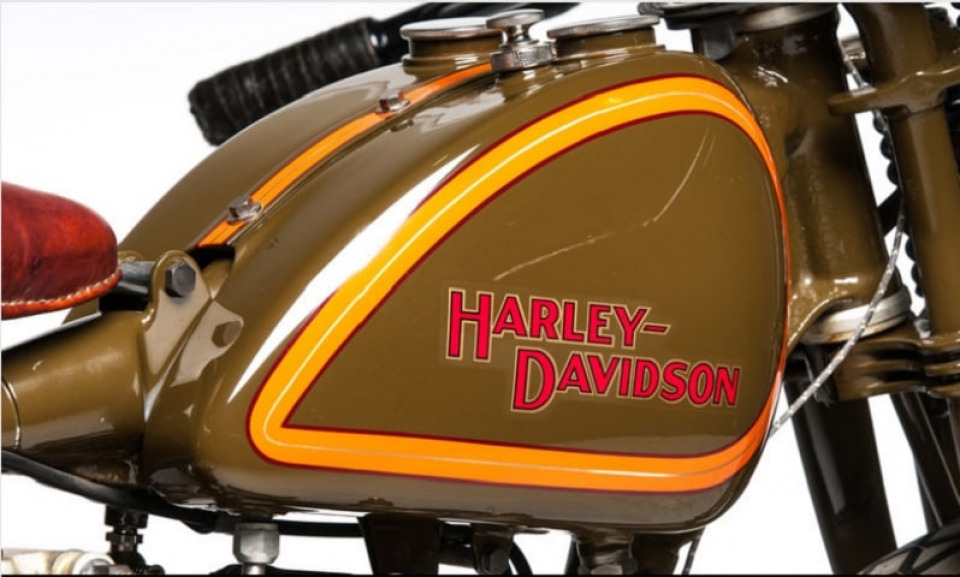
The DAH tasted its first win under professional rider John Grove, at the Pittsburgh, Pennsylvania, hillclimb in July that year. Herb Reiber, Windy Lindstrom, and the legendary Joe Petrali would all earn national hillclimb titles with the DAH by 1932. Of course, the debut of the DAH coincided with the Wall Street Crash of ’29, and sales of all motorcycles plummeted. H-D had produced a mere 25 of these specialized racers between 1929-33, and in order to generate revenue, the company eventually sold its entire stock of DAH’s at the knockdown price of $300 each.
Consequently, the 45 cu-in. DAH is among the rarest of all Harley-Davidson models offered to the public, and this restored machine is among the very few pre-Knucklehead OHV models produced. This machine has a documented competition history with Windy Lindstrom, and it was used by sculptor Jeff Decker as a model for his famous statue ‘The Hillclimber,’ which sits outside the Harley-Davidson museum.
 Follow
5.6K
Follow
5.6K

